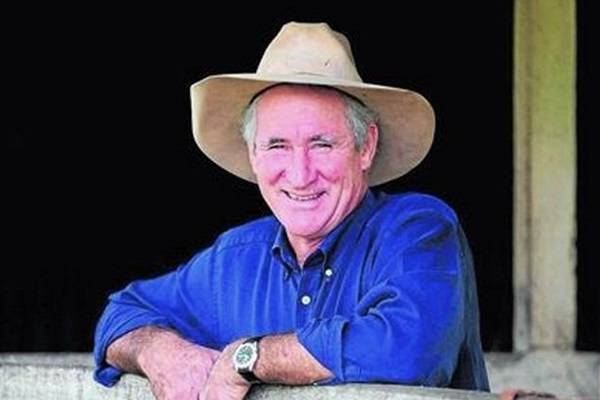by Ian McLean
This article was first published on the FarmOnline website
We are hearing quite often that the Australian beef industry, and agriculture in general, needs more capital to grow and meet future food demand, but is lack of capital really the major bottleneck for the industry?
In The Australian Beef Report, we found that the long-term average operating return (return on assets before any capital gains are taken into account) for the northern beef industry (QLD, NT & top of WA) was 0.4% and for the southern beef industry (NSW, VIC, TAS, SA and bottom of WA) was negative 0.7%.
These data are based on 12 years of analysis to 2016, so are reflective of long term performance and incorporate the full cycle of prices and seasons. The high prices in recent years have seen an improvement in performance across the industry, which is welcome, but any serious analysis of long term performance must be across the full price cycle, not just the top.
The capital gains over the period analysed paint a different picture, the capital gains for the north averaged 2.2% per year over the period and the south averaged 3.9%. These improve the overall returns from owning and running the business, but mean that Australian beef producers are, on average, making more from their real estate business (owning the land) than from their cattle business (running cattle).
There is a big gap however between the average and the top performing producers. So much so that nearly all industry profits are made by the top 25% producers, the total profit of the bottom 75% is a loss. There are producers in the bottom 75% making a profit, but all profits made are cancelled out by the losses made in this sector. As well as generating all of the industry profits, the top 25% manage nearly half the land area and half the herd.
The top performers’ operating returns are higher than the average, but the majority of their returns still come from real estate, rather than beef production, the exception is those with more than 1,600head.
So, what do the top 25% do differently that leads to them to having better long-term profitability? The characteristics separating the top performers are straightforward and consistent across analysis we do, they are;
- They have better herd productivity per animal unit than the average, due to higher
reproductive rate, lower mortality rate and higher sale weights. - They have lower enterprise expenses per animal unit, which in combination with their productivity, indicates that any discretionary spend on the herd is better
targeted and more effective, rather than them simply spending less. - They have better labour efficiency, which reduces the overhead costs per animal unit.
- They have more operating scale, in terms of the number of animal units run.
The first three characteristics relate to what we refer to as operating efficiency. A significant finding of The Australian Beef Report was that there are just two barriers to profit for a beef business in Australia, operating efficiency and operating scale. If a business has both of these things, then it will generate a reasonable profit. Both are
required though, having just one, even in abundance will not compensate for lack of the other.
Bringing this back to the supposed need for capital in the industry, gains in operating efficiency can generally be achieved with minimal additional financial capital, but they do require significant intellectual capital. Addressing operating scale does require
financial capital, financial capital is one of the barriers to entry for a beef business, however this is at an individual business level, not at an industry level.
At an industry level, it could be argued that there is too much capital in the industry, due to high land values. The land value constitutes over three-quarters of the balance sheets of most beef businesses, this is a barrier to the achievement of reasonable returns on capital. Those achieving reasonable profits (dollar figure) are not achieving
high profitability (profit as a percentage of capital) due to the high value of land. Increasing land values are a double-edged sword, on the plus side they are responsible for most of the wealth created in the beef industry, on the negative side they can only be realised when the land is sold, they reduce the operating returns or yields in the meantime, and they make expansion to achieve sufficient operating scale harder to fund for individual businesses.
The fundamental problem is, in our opinion, that the industry as a whole is achieving very low returns on capital, rather than there not being enough capital. Any profitable and sustainable industry, or business, will typically generate sufficient capital for reinvestment in itself. As well, inherent profitability attracts intelligent capital in its own right, without the need to call for more. The evidence to date is that the flow of capital into the beef industry has done nothing but push land prices up without having any discernible impact on performance.
Capital will enter and leave the industry as players come and go, but ongoing net capital investment brings the risk of further driving up land values, reducing industry profitability rather than improving it. The low return on capital in the industry needs to be acknowledged and addressed; this will negate the need for external financial capital.
The greater need is for more intellectual capital to improve the overall productivity and profitability of the industry.

